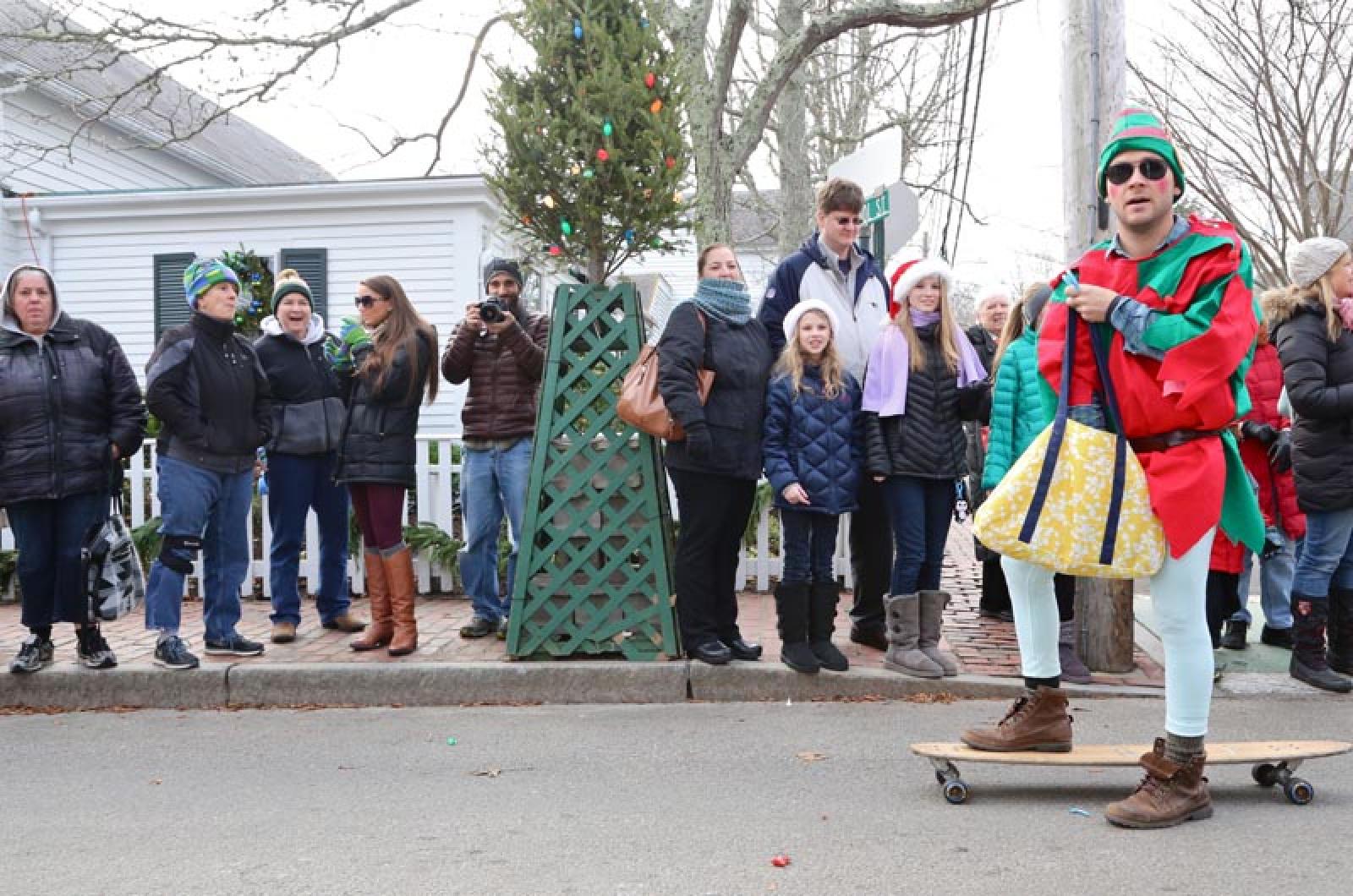J.R.R. Tolkien was wary of elves. He advised, “Go not to the Elves for counsel, for they will say both no and yes.”
This time of year, thousands of children worry about the opinions of the elves. For those of you without kids or grandkids, meet the “elf on the shelf.” This popular holiday activity engages an elf supposedly sent by Santa, which appears after Thanksgiving, that reports back to him the good and bad activities of the children in the house. The elf returns to the North Pole once a day to make its report to Santa and then reappears in a different location of the house.
Kids live in fear of a bad report, but also delight in finding the elf in a different place every day. And Jewish children are not left out of the behavior-shaping activity, as they have a mensch on the bench to determine if they have been bad or good.
But back to those elves. While the elf on the shelf is a pretty recent phenomenon, the mythology of the elves goes back much further in history.
Traced to Germanic mythology, elves were groups of supernatural beings with magical powers and extraordinary beauty. In Scandinavia, they were known as huldra, or huldufolk, which translated to “hidden people.” These early elves were ambivalent about humans, being able to provide help or cause harm.
The behavior of elves evolved throughout history and varied in different cultures. Helpful elves could bring romance and were often portrayed as female. Other elves who were believed to be able to provide healing powers to humans lived among the hills and boulders, or even on a tiny rose blossom, according to a Hans Christian Andersen tale. And, of course, those good elves helped Santa, making gifts to bring to children on Christmas.
Historically, however, it seems that there are mostly stories of evil elves. The spiteful sprites would cause all sorts of havoc and mayhem. Dark tales tell of elves as sexual threats, seducing and harming fair maidens or dancing men to their deaths.
And these pesky pixies were not always pretty either. Described as “small miserable demonic beings,” they could cause harm with arrows and by inflicting illness, especially “sharp, internal pains and mental disorders.” These disease spirits could bring elven rash or even venereal disease if one was to urinate in an elf circle where these imps had danced the night away.
To stay on the good side of the elves, treats, including butter, were suggested. Pentagrams or ordinary crosses were also believed to provide protection. Unappeased elves were known to steal babies, livestock, and milk and bread.
Even when elves were not seen, they were causing trouble. Tangled hair was called elf locks, and those with birth marks or deformities were elf-marked.
Beyond the modern holiday elves, others have crept into popular culture. There are the “giant in size and wisdom” elves from J.R.R. Tolkien, Dobby the house elf from the Harry Potter series, and the Keebler elves, who are most endearing to those of us that like the crackers and cookies they make in the tree all day.
Good or bad, elves might be here to stay. In the case of the elf on the shelf, these special sprites will linger until the end of the holiday season. For the rest of the year, the kids may pine for these pixies: as American fantasy fiction writer Terry Brooks believed, they offer a needed respite from the reality of the world: “A world in which elves exist and magic works,” he wrote, “offers great opportunities to digress and explore.”
Suzan Bellincampi is director of the Felix Neck Wildlife Sanctuary in Edgartown, and author of Martha’s Vineyard: A Field Guide to Island Nature.




Comments
Comment policy »